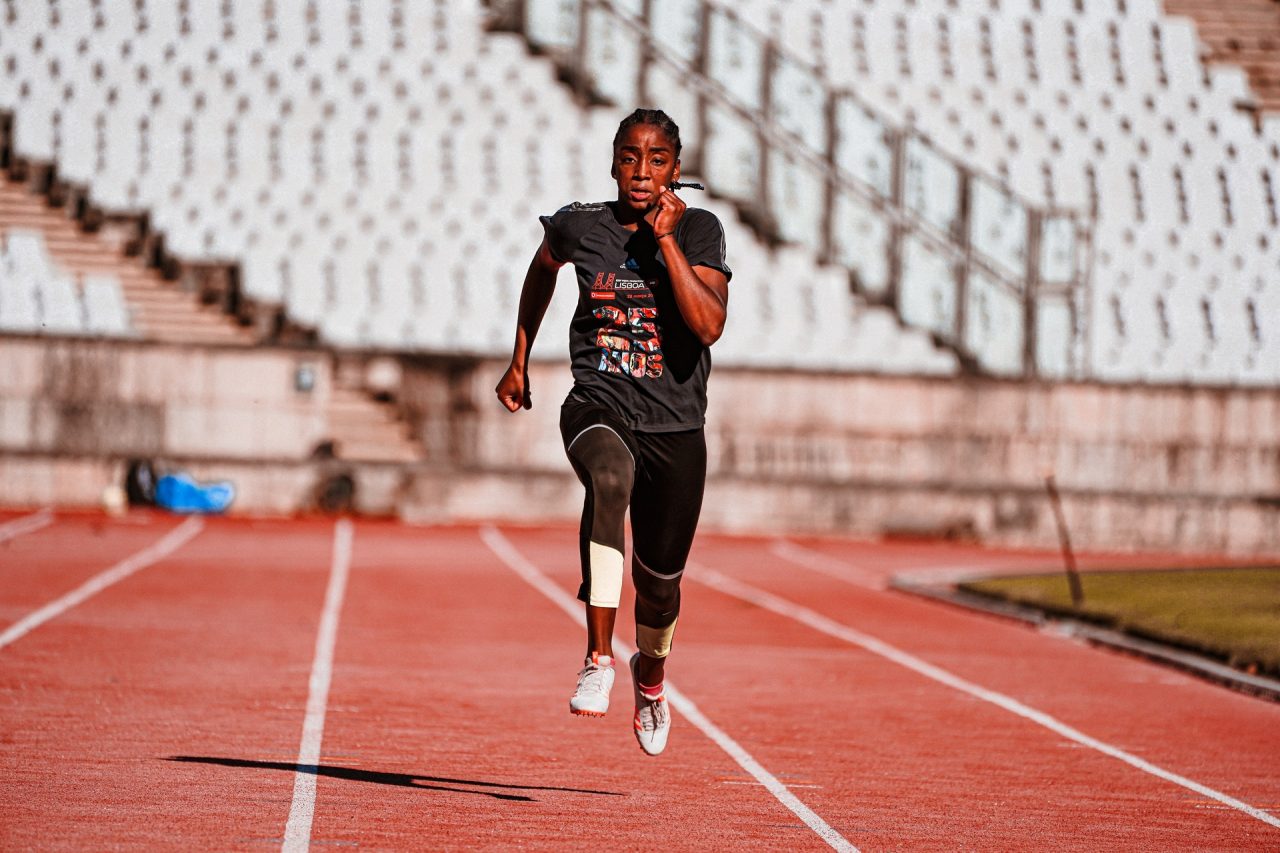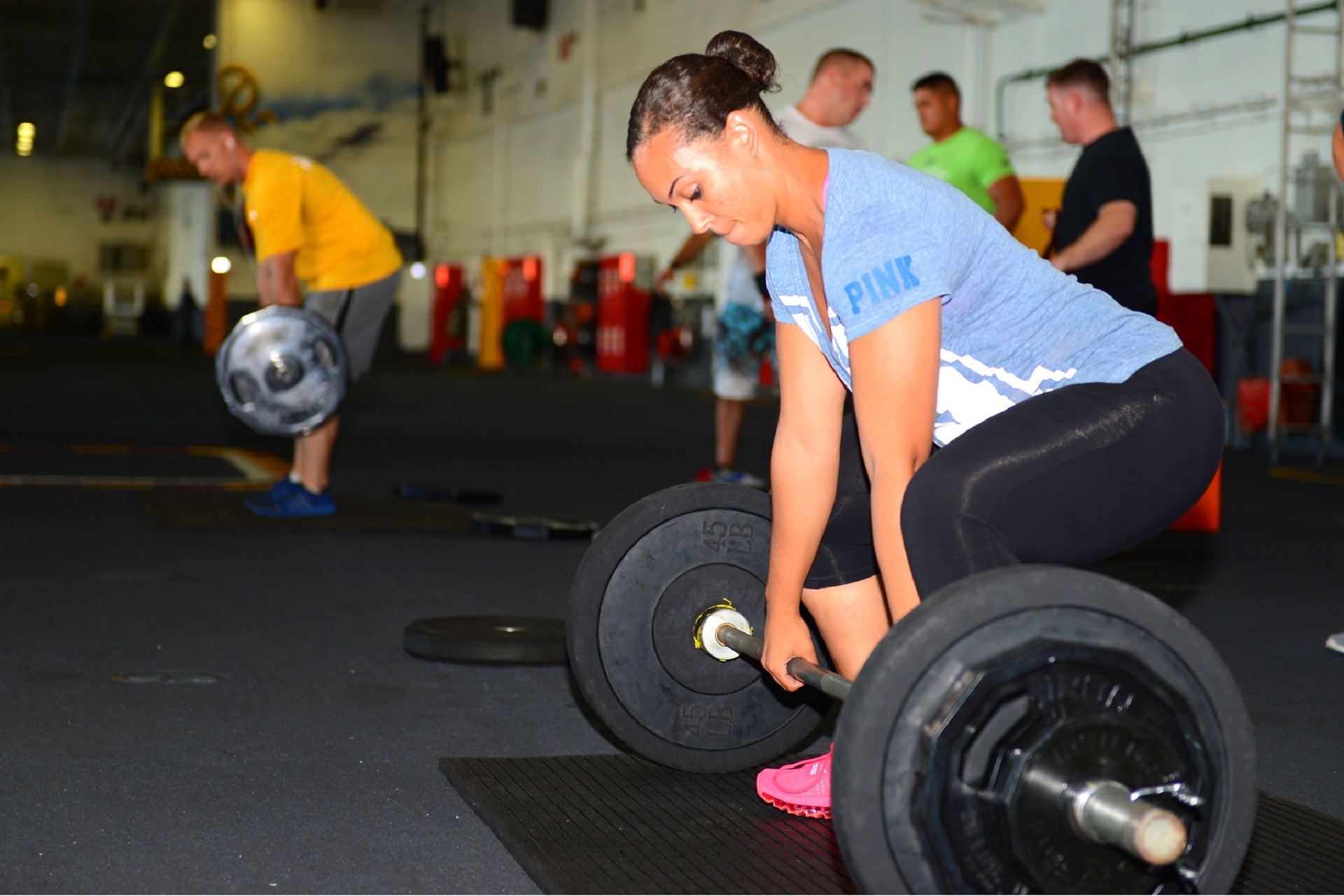In a previous post we covered hip hinge exercises and why they are important to help prevent hamstring injuries in sprinting athletes. While this is an important tool, it should not make up the only type of hamstring exercise that sprinting athletes use. There are a whole host of bodyweight exercises that can be used as part of a warm up or part of a strength and conditioning session to help prepare an athlete’s hamstrings for sprinting.
In a previous post ( https://www.cissik.com/blog/2022/09/sprinting-and-injury-prevention-hip-hinges/ ) we covered hip hinge exercises and why they are important to help prevent hamstring injuries in sprinting athletes. While this is an important tool, it should not make up the only type of hamstring exercise that sprinting athletes use. There are a whole host of bodyweight exercises that can be used as part of a warm up or part of a strength and conditioning session to help prepare an athlete’s hamstrings for sprinting.
First I’ll go through and list out some of these exercises, then I’ll cover how to incorporate these into a strength and conditioning program.
Exercises
Bodyweight hamstring exercises include:
- Marches: marches involve moving from the hip while keeping the knees extended. They can be done by raising the leg in front of the body, raising the leg in front of the body and touching the foot with the opposite hand, or by stepping forward (knee extended) and bending forward to touch the foot with the opposite hand. Done for distance.
- Inchworms: the athlete begins in the push-up position. Keeping their hands on the ground and their knees extended, they walk their feet up to their hands. Then they walk their hands out and repeat until the desired distance is covered.
- Crab walks: yes we’re bringing back and elementary school exercise! Sit on the ground, flex the knees and keep the feet flat. Have the athlete put their hands next to their hips. Next, have them lift their hips off the ground. Maintaining this position have them walk backwards until the desired distance is covered.
- Hip raises: this exercise is done for repetitions. It can be done with two feet on the ground or one foot on the ground. Have the athlete lie down on their back and flex their knees. Feet should be flat on the ground. Pushing through the feet lift the hips off the ground as high as possible.
- Nordic hamstring curls: this exercise is done for repetitions. The athlete should sit on their knees, with their feet behind them. Have a partner hold the back of their ankles and apply pressure to keep the athlete’s feet on the ground. Staying tall (attempting to keep a straight line from the shoulders through the knees), the athlete will attempt to slowly lower themselves to the ground – taking as long as possible.
Incorporating
The good news is that none of the exercises described require equipment, just open space. This means they can all be done in large groups. The Nordic hamstring curls do require a partner, but they also don’t require equipment. Every one of these exercises can be done in conjunction with speed and agility sessions, conditioning sessions, or even as station exercises in the weight room.
The first thought on how to incorporate these exercises is to use them as part of the warm-up for speed and agility sessions. Pick two classes and put them into the warm up. For example:
1. Slow jog 200 meters
2. Leg swings front-to-back and side-to-side
3. Eagles and stomach eagles
4. Ankling
5. Marches
6. Inchworms
7. High knee walks
8. High knee skips
9. B walk
10. B skips
11. Fast leg drills
12. Begin speed session
These exercises can be incorporated into a conditioning session. For example, crab walk soccer. Of have them as a station:
Perform each exercise for 30 seconds, 10 seconds rest between each:
Jump rope
Kettlebell swings
Lunges
Inchworms
Plank
Push ups
Bear crawls
They can also be station work if there are a lot of athletes in the weight room but limited equipment:
1. Back squats
2. Walking lunges, plate held overhead
3. Hip raises
4. Dumbbell bench press
5. One-arm band rows




